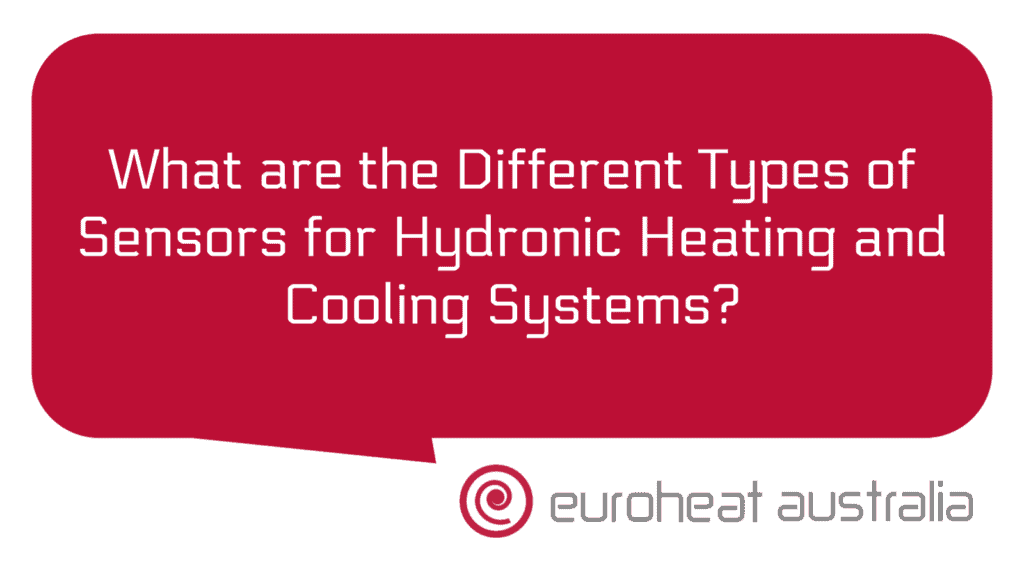Are you looking for a way to keep your home comfortable all year round without having to worry about high energy bills? Hydronic heating and cooling systems may be the solution you’re looking for.
Hydronic heating and cooling systems use hot water or a combination of water and refrigerant to heat and cool your home, respectively. To make these systems work, they rely on sensors that measure temperature, pressure, humidity, and other environmental conditions. In this article, we will explore the different types of sensors used in hydronic heating and cooling systems.
The first type of sensor used in hydronic heating and cooling systems is a temperature sensor. These sensors measure the temperature of air or water in the system. They can be used to control the operation of a boiler or furnace to ensure it doesn’t overheat or shut off prematurely. Temperature sensors are also used in chillers and evaporators to maintain proper temperatures for efficient operation.
Pressure sensors are another type of sensor found in hydronic heating and cooling systems. These sensors measure the pressure inside the pipes or vessels of a system. Pressure sensors are typically used in boilers, pumps, expansion tanks, valves, and other components where pressure needs to be monitored for safety reasons as well as system efficiency.
Humidity sensors are also sometimes found in hydronic heating and cooling systems. Humidity sensors measure the amount of moisture in the air inside a building or room which can affect how comfortable it feels inside your home as well as how efficiently your system operates overall.
Flow meters are also found in some hydronic heating and cooling systems as they measure how much liquid is flowing through pipes at any given time. Flow meters are typically used with pumps to regulate their speed based on demand so that they don’t run continuously when there is no need for them to do so which can save energy costs over time.
Finally, some hydronic heating and cooling systems use occupancy sensors that detect when people are present within a space so that it can adjust its settings accordingly such as turning off when no one is present which can save energy costs even further over time by only running when needed instead of constantly running all day long even if it isn’t necessary at that moment due to lack of occupancy within the space being heated or cooled by the system itself..
The installation & use of hydronic heating & cooling systems is highly beneficial for homeowners due not just to their increased comfort but also due to their improved energy efficiency & cost savings associated with them too! By using water & refrigerant instead of air they operate at higher temperatures while using less energy & producing less waste heat meaning they can save up to 40% on energy costs compared with traditional HVAC systems! Furthermore, since these types of systems don’t require ductwork installation they tend to cost less upfront too making them an even more attractive option for many homeowners! The design & installation services offered by Euroheat Australia (Perth engineers & installers who have been designing & constructing hydronic heating & cooling systems with 30 years experience!) make sure every job is completed professionally ensuring maximum efficiency from each system installed!





